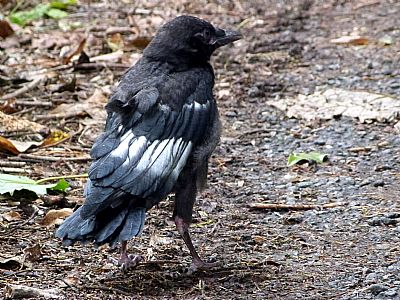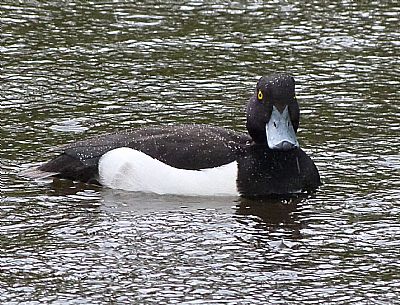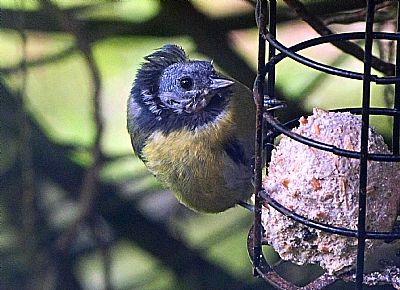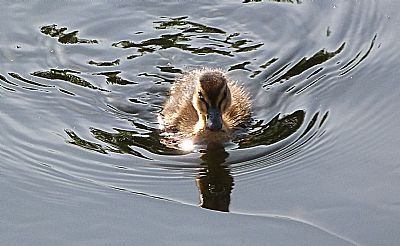FEATHERS
There are six different types of feathers, which are flight, contour, down, semiplumes, filoplumes, and bristle feathers.
-
Preening: Birds instinctually take each day to make sure their feathers are "all in order."
-
Moulting: A bird's feathers are replaced with new ones 1-2 times per year through the natural process of moulting.
-
Feather Picking: Feather picking is a destructive, often obsessive behavior in which a bird destroys its feathers by over-preening, biting them in half or pulling them out.
The Avian Enrichment website explains what the feather types are for : The three most prevalent categories of feathers, each of which serves a distinct purpose, are the:
- Flight feathers which are located on the wing and tail are long, strong and flexible to provide power for flight.
- The wing feathers overlap to provide a surface to push against the air on the downstroke and create lift.
- The tail feathers are used for lift, balance, steering and braking.
- Contour or body feathers which provide for a bird's smooth shape and color. The contour feathers overlap each other like roof shingles to provide for protection to the skin from injury, the weather (wind & rain) and sunlight.
- Down feathers which are soft and fluffy and help to insulate birds by trapping air and preventing their skin form getting wet.
Feathers of course have other purposes too:
That of camaflouge is pretty obvious. The males need to attract prospective mates and do so through dramatic display. The colours of most species is very conspicuous. The females by contrast are generally dowdy. This is excellent when you are the one laying the eggs and the main one raising the young. Their colouring helps hide the young until they are old enough to fend for themselves.
Dramatic feathers can be used to assert sexual identity. A pheasant displaying its tail feathers to us can seem quite comical as it is like a very amateurish peacock. The females will be quite irritated if they are not ready, but may eventually submit to his allure.

We see here a young magpie which has fled the nest before being fully fledged. Its flight feathers are not fully developed so it cannot fly. Unless some predator finds it first, it should survive by hopping around in the undergrowth and find sufficient food as it grows. MAGPIES

Its all just water off a duck's back. Here a tufted duck enjoys a rain shower.
Preen oil is a complex mix of waxes, fatty acids, and wax-alcohols, and in some species of birds it has been shown to be antibacterial. Ducks rub their bills against the opening of the gland and then straighten and clean their feathers in a process called preening. In doing so, they distribute the preen oil across their whole body and wings, as well as the skin on their legs and feet. [Bird Spot].

Sometimes things go wrong. This blue tit may have been bullied by its siblings with its head feathers pecked away, but it probably had an infection, such as from mites. It is most likely to regain its feathers over time. BLUE TIT

A young mallard is already able to swim, and even dive, even with its feathers still at the fluffy stage. The brown colouring is an essential camaflouge. Nature is cute. Nature is harsh. This one from a brood of 5, but families of more than twice that are common. Herons and crows are amongst the predators that reduce numbers. Most predators rely a great deal on smell, but being able to hide is the best ploy. MALLARD
AVIAN ENRICHMENT : https://www.avianenrichment.com/learn/physical-needs/hygiene/all-about-feathers
BIRD SPOT : https://www.birdspot.co.uk/bird-brain/how-do-ducks-stay-dry-in-water
BRITANNICA : https://www.britannica.com/science/feather
WIKIPEDIA : https://en.wikipedia.org/wiki/Feather_development

